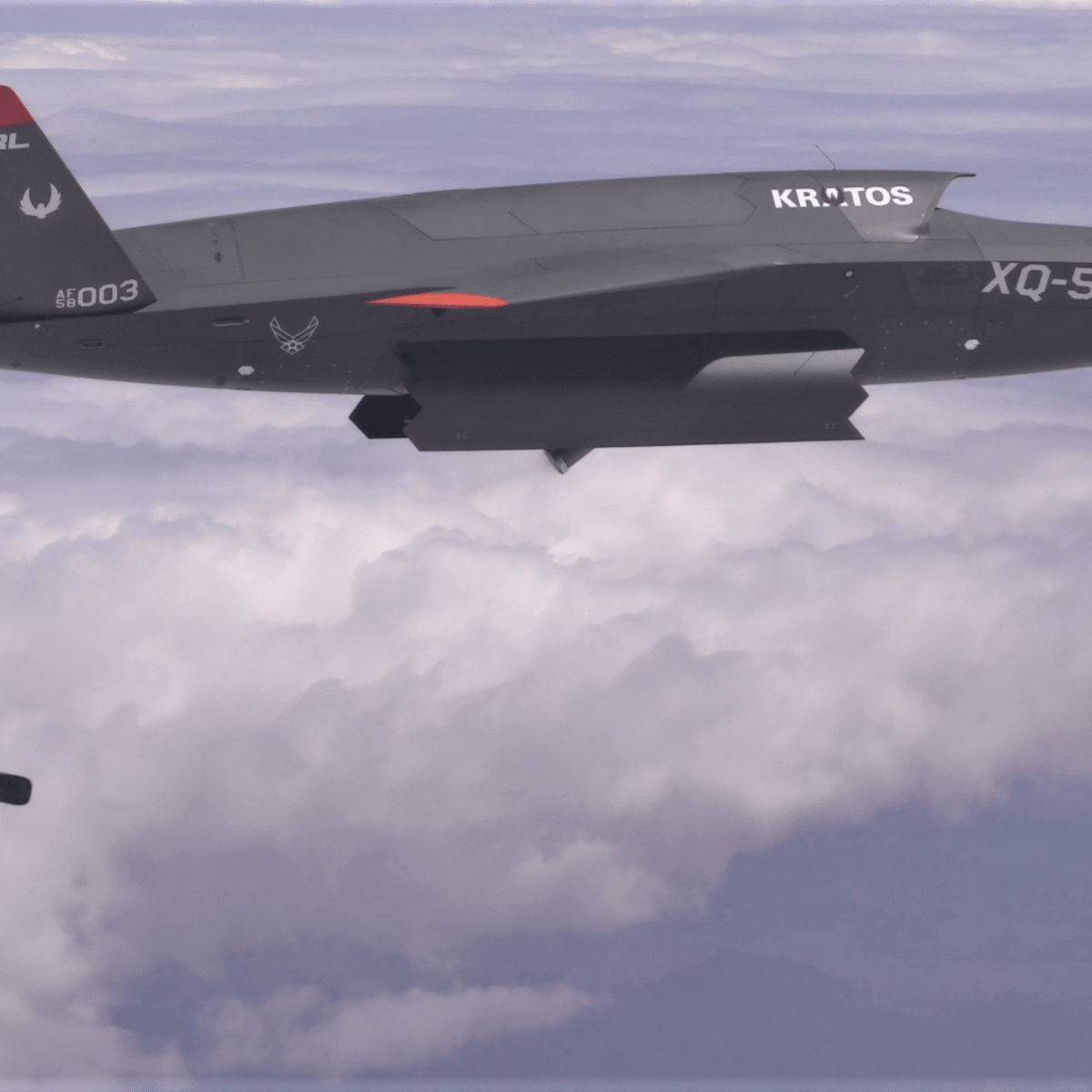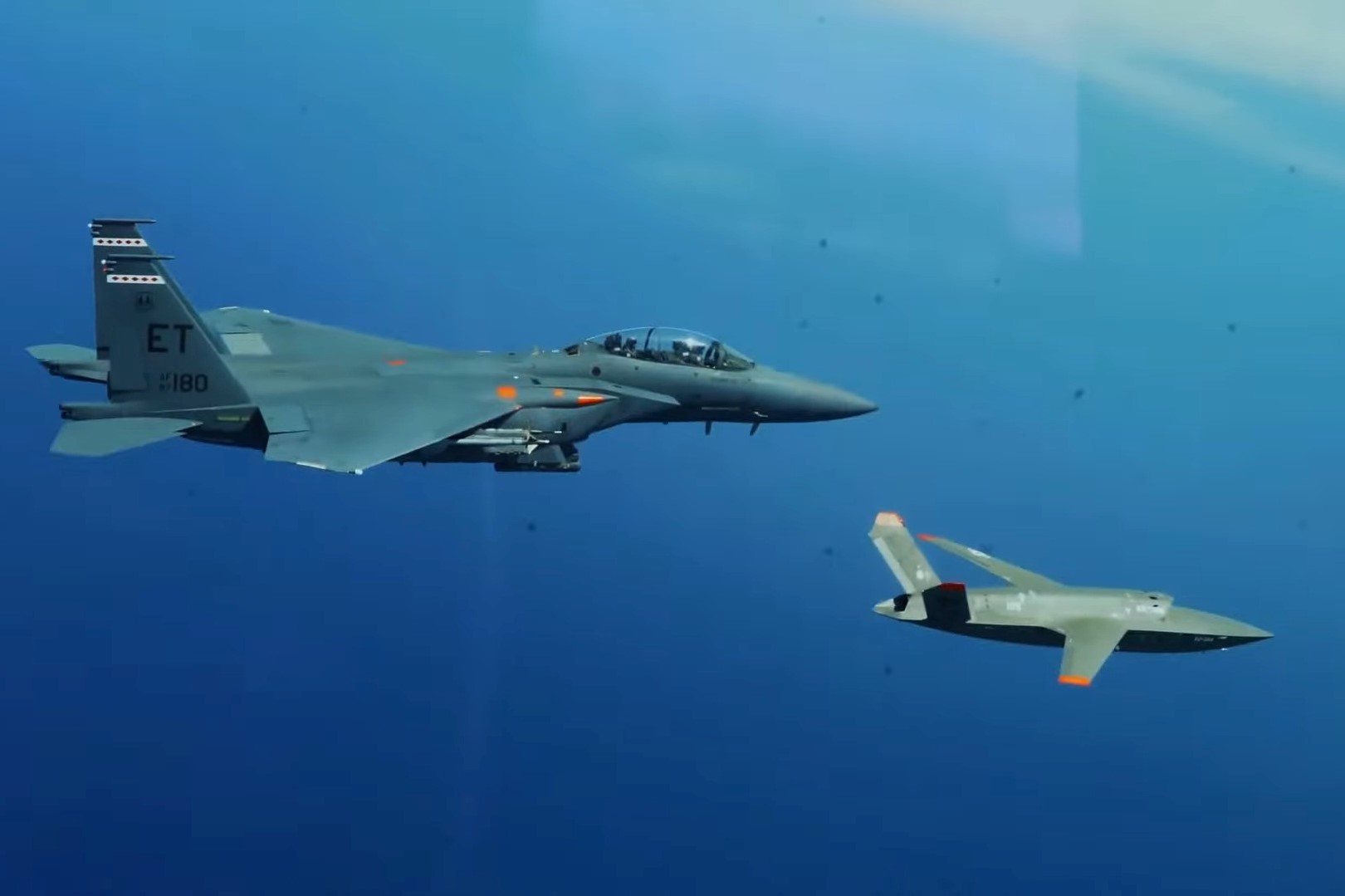The maiden autonomous flight of the XQ-58A Valkyrie experimental combat drone by the United States Air Force heralds a significant milestone in the realm of aviation. On the 25th of July 2023, the aforementioned unmanned aerial vehicle (UAV) embarked on its inaugural flight under the control of artificial intelligence (AI). This groundbreaking event took place within the precincts of the Eglin Test and Training Complex, located in the state of Florida.
The accomplishment is a direct manifestation of the ongoing endeavors within the ambit of the Skyborg Vanguard program. The central focus of this program resides in the cultivation of AI and machine learning prowess, particularly in the domain of flight operations. The underlying objective is to imbue AI systems with the capacity to navigate the intricacies of aerial maneuvers proficiently while concurrently addressing tactical exigencies.

The AI pilot’s acumen was honed through a rigorous training regimen conducted within a flight simulator. The simulator environment facilitated the mastery of flight dynamics through extensive exposure to high-fidelity simulations and maneuvers.
The orchestrator behind this feat lies in the complex algorithms devised by the Autonomous Air Combat Operations (AACO) team of the United States Air Force Research Laboratory (AFRL). The AACO’s formulations bestow the AI pilot with the faculty to exercise discernment analogous to human pilots in managing diverse and dynamic airborne situations.
Notably, the XQ-58A Valkyrie project represents a collaborative venture between Kratos Unmanned Aerial Systems (KUAS) and the US Air Force Research Laboratory. The project’s principal objective encompasses the realization of an autonomous combat drone, designed to operate seamlessly alongside its human-operated counterparts.
“The mission proved out a multi-layer safety framework on an AI/ML-flown uncrewed aircraft and demonstrated an AI/ML agent solving a tactically relevant ‘challenge problem’ during airborne operations,” said Col. Tucker Hamilton, DAF AI Test and Operations chief. “This sortie officially enables the ability to develop AI/ML agents that will execute modern air-to-air and air-to-surface skills that are immediately transferrable to other autonomy programs.”

It possesses the inherent capability to navigate independent flight trajectories, synergistically coordinate with other UAVs, and harmonize its operations within a composite human-machine framework. This paradigm seeks to mitigate the burgeoning costs associated with piloted aircraft, concurrently bolstering the Air Force’s operational versatility by executing missions in high-risk environments.
Technical specifications substantiate Valkyrie’s prowess. Sporting an impressive wingspan of 22 feet, it attains a maximum speed of 567 knots (approximately 652 mph or 1,050 km/h). Furthermore, its service ceiling extends to 44,997 feet (approximately 13,715 meters), complemented by a commendable operational range spanning 2,128 nautical miles (approximately 2,449 miles or 3,941 km). Moreover, the Valkyrie boasts the capacity to accommodate up to eight ordnance payloads, encompassing munitions such as JDAMs and small-diameter bombs.

In conclusion, the inaugural autonomous flight of the XQ-58A Valkyrie represents an auspicious leap forward in the integration of AI within the aviation domain. Beyond the technicalities, it augments the trajectory toward human-AI collaboration, portraying an aviation future characterized by the harmonious interplay of human expertise and machine precision.
“AI will be a critical element to future war-fighting and the speed at which we’re going to have to understand the operational picture and make decisions,” said Brigadier General Scott Cain, AFRL commander. “AI, Autonomous Operations, and Human-Machine Teaming continue to evolve at an unprecedented pace and we need the coordinated efforts of our government, academia and industry partners to keep pace.”


